-
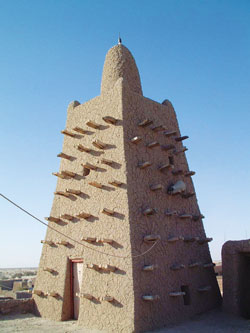
Djinguereber Mosque, Timbuktu, Mali
Threat: An ever-drier climate saps moisture from the fourteenth-century site’s mud-brick walls, causing them to weaken and crumble.
Outlook: Ongoing restoration has been partially funded by UNESCO, but desertification of the region requires that mud and timber be imported from afar at enormous expense.
-
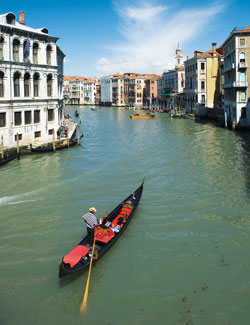
Venice, Italy
Threat: Higher tides have flooded the canals and streets, damaging buildings such as the eleventh-century San Marco Basilica and the eighteenth-century Ca’ Rezzonico palazzo.
Outlook: The city is preparing to install a system of tide gates intended to protect against a sea-level rise of two feet, an amount that may be surpassed by 2050.
-
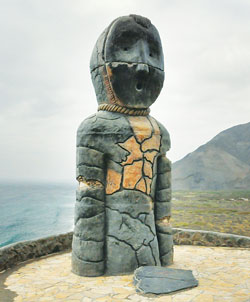
Chinchorro mummies, Arica, Chile
Threat: Rising humidity levels have transformed the formerly arid region into an ideal habitat for flesh-eating bacteria, which have begun turning the seven-thousand-year-old embalmed bodies into black goo.
Outlook: The mummies that have been excavated will be moved to a new climate-controlled museum in 2020. Those still interred may disintegrate before they can be studied.
-
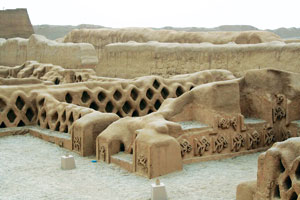
Chan Chan, La Libertad, Peru
Threat: An increase in torrential rains has led to what UNESCO calls the “rapid and seemingly unstoppable” erosion of the pre-Incan city’s ten thousand ornately patterned adobe buildings.
Outlook: Protective awnings and tents have been erected over the weakest structures, but the entire nine-thousand-acre site eventually may need to be covered.
-

Arctic shipwrecks, Svalbard, Norway
Threat: In 2016 wood-eating shipworms were detected in this Arctic region, which contains more than a thousand preserved shipwrecks dating back to the seventeenth century.
Outlook: The shipworms, a type of mollusk, likely drifted north by chance but may have become permanent inhabitants. “I’m depressed either way,” said one nautical archaeologist.
-
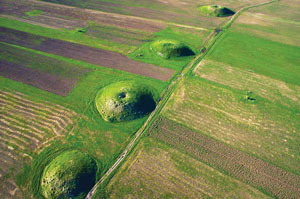
Scythian burial mounds, Russia and Kazakhstan
Threat: Corpses and grave goods buried by nomadic Scythians up to three thousand years ago have begun to defrost as the Altai region’s permafrost thaws.
Outlook: Archaeologists have not yet catalogued every tomb scattered across the tundra. They likely will have to choose which to excavate and which to let decompose.